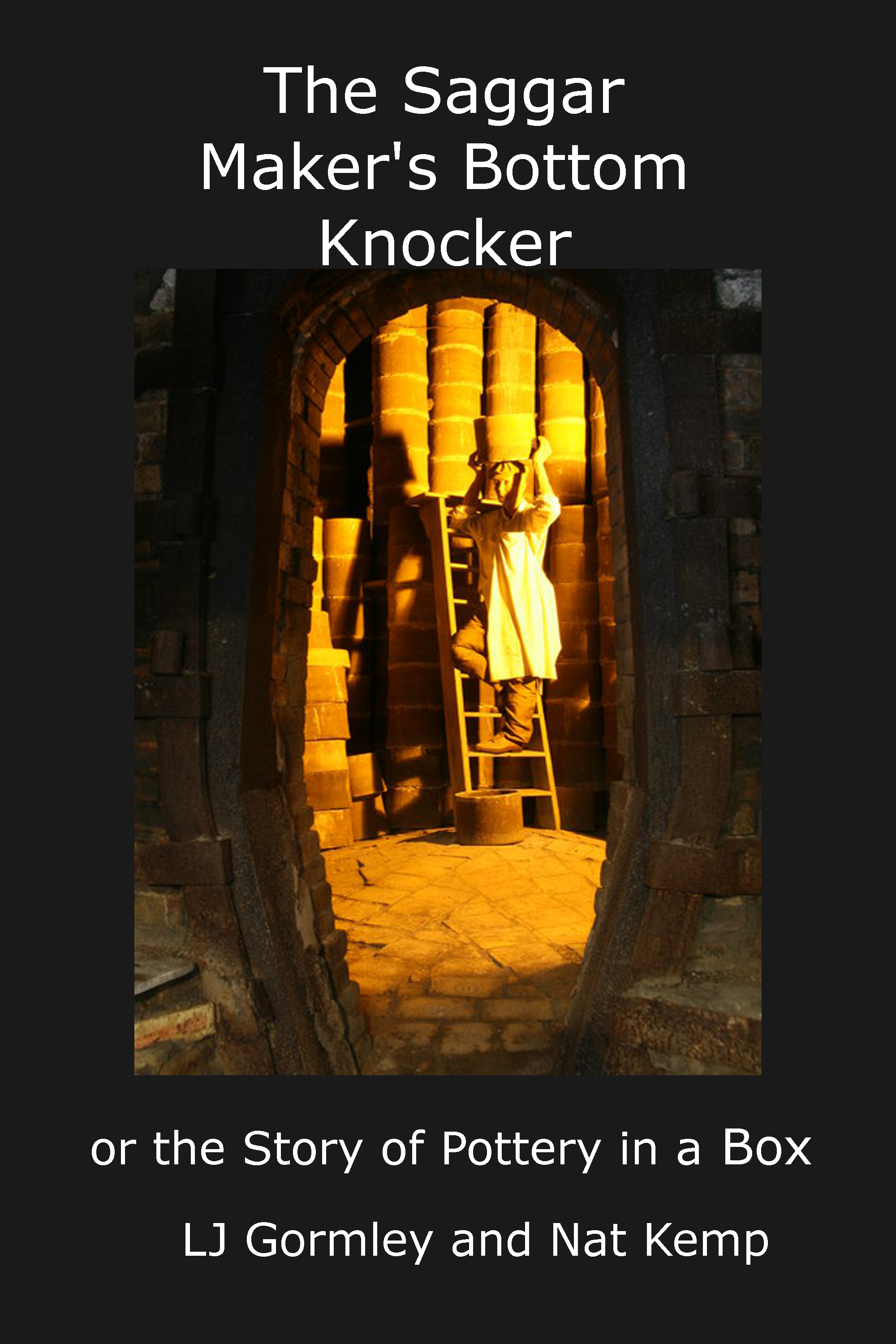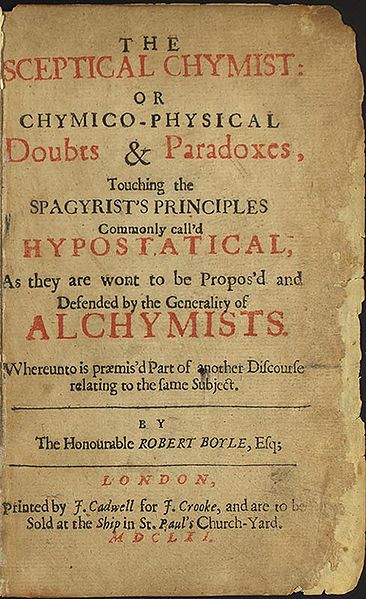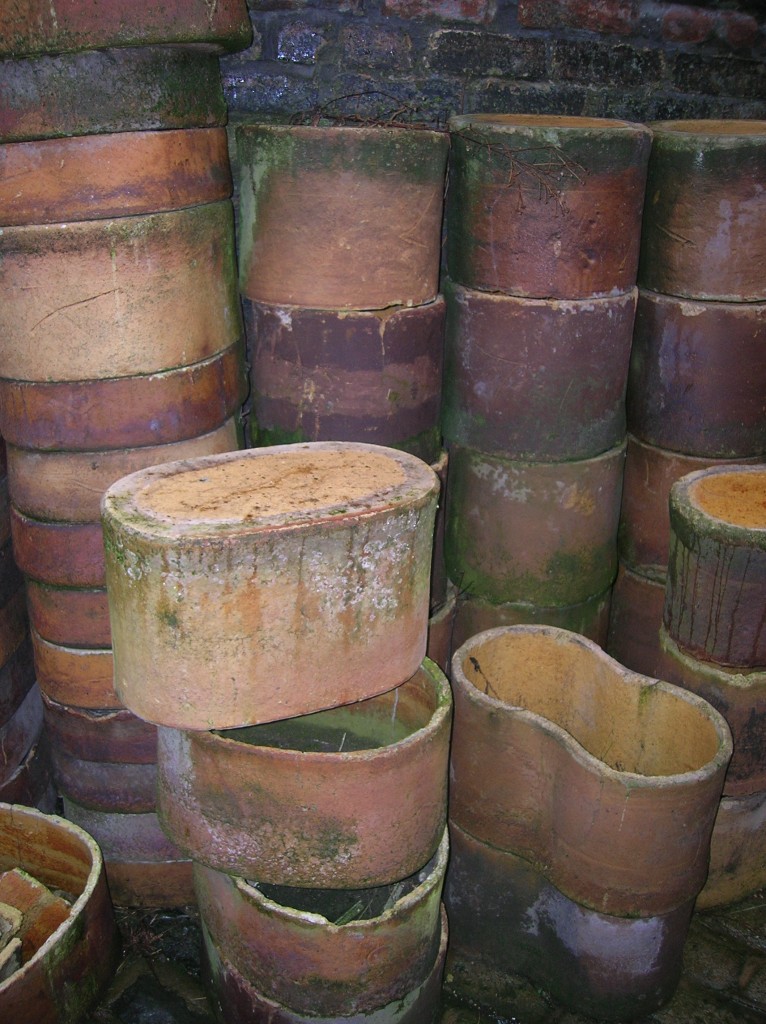The Saggar Maker’s Bottom Knocker
Yes, not only was there (and is there) such a thing as a saggar, but there was also something or someone known as a saggar maker’s bottom knocker. And the route to the saggar bottom knocking starts with ancient China and takes in a few alchemists, white gold, Marco Polo, missionaries, house arrest, and even a wallaby along the way.
Alchemy and Porcelain
Johann Friedrich Böttger, a German alchemist, is credited by some sources with discovering the process of making porcelain in 1708. Indeed, without the discovery of a quality European clay, the only thing to perfect was the process, with the hope that the right combination of other types of clays and materials would result in a Chinese-style porcelain. At the time, the only way to get to that result was through the secrets of alchemy...The practices of alchemy would be studied not only by Newton, but also by Robert Boyle known as the first modern chemist. It was Boyle who sought to make the practices of experimentation, whether they be called science or alchemy, more transparent. Gone was the coded, secretive language of alchemy: he was the first to set down the principles in the Sceptical Chymist (1661), among others of his work.
The Official Medallion of the British Anti-Slavery Society 1795
Josiah Wedgewood...produced the emblem as a jasper-ware cameo at his pottery factory. Although the artist who designed and engraved the seal is unknown, the design for the cameo is attributed to William Hackwood or to Henry Webber, who were both modelers at the Wedgewood factory.
A Stack of Saggars
To refer to a saggar as a pot itself would be misleading as generally and in this book ‘pot’ is a generic term for the ceramic objects placed in the saggar. One source has described it as a box, but not exactly a box, though, for it has no top, no bottom (at least initially) and is made of clay. Others have referred to it as a bowl. Under certain conditions, it was not even a discrete receptacle but just bricks, carefully stacked so as to enclose pottery. The receptacle as employed in the British ceramic industry assumed various shapes and sizes, usually to accommodate the variety of pottery to be fired in the kilns. ‘Oval’ and ‘banjo’ saggars are fairly descriptive of the shapes, but ‘cheese’ and ‘skimmers?’
Please note that as of this writing (January 2017), none of our books are available for sale and/or download from Amazon. They are available at Smashwords (https://www.smashwords.com/profile/view/BlackMorningMarshPress). We, like other independent publishers and indeed traditional publishers, are wary of becoming entangled in Amazon's web. We are looking at it, no denying, but still considering what is the best approach.



